Sculpted, stained and gilded walnut.
Genoa.
ca. 1770.
h. 40,7 in. ; l. 28 in.
A pair of Genoese armchairs said ‘à chassis’ — that is with a removable upholstery on the seat — in finely sculpted, stained and gilded walnut.
In the second half of the 18th century, the bancalari (i.e. Ligurian cabinet-makers), the Genoese in particular, were masters at making furniture in which the typically Italian rococo decorative repertoire met with French-inspired forms.
Relations between the Kingdom of France and the Republic of Genoa, though tumultuous, were strong and numerous since the end of the 17th century. A Genoese Baroque painter, Francesco Maria Borzone, or Bourzon, had been admitted to the prestigious French Royal Academy in 1663, and it was a French architect, Charles de Wailly, who was chosen to lead the restoration of the Palazzo Spinola until 1773, alongside the Ligurian architect Andrea Tagliaficchi.
Charles de Wailly and French neoclassicism in general had a lasting influence on Ligurian decorative art. One of the most pervasive element of this influence was the integration of new French ‘à la Grecque’ shapes — anticomane and more linear — among the still very rococo fantasies of the bancalari. It is thus a characteristic feature of Genoese furniture in the second half of the 18th century, exemplified in the turned, tapered and fluted legs of otherwise very voluptuous and serpentine armchairs. The backs of these armchairs are still crowned with a shell, a shape that is certainly typical of the Rococo repertoire, but it is now tempered with by symmetry, forming a kind of ‘Rococo-Neo-classicism’, no doubt under French influence.
Sources
Hugh Honour, Neo-classicism, Norwich, 1983.
Andrea Disertori et Anna Necchi Disertori, « Italian Furniture of the 18th Century », dans Furniture from Rococo to Art Deco, trad. Bainbridge, Cologne, 2000.
Enrico Colle, Il Mobile in Italia dal Cinquecento all’Ottocento, Milan, 2009.













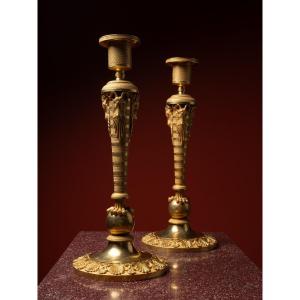
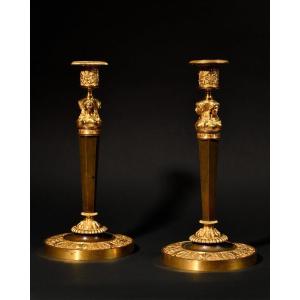


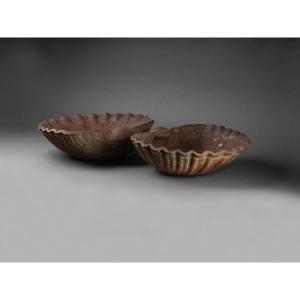

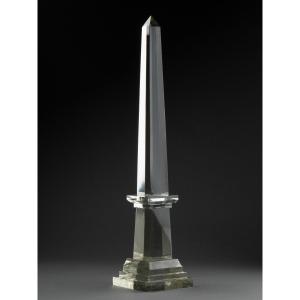







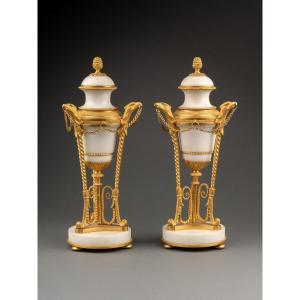



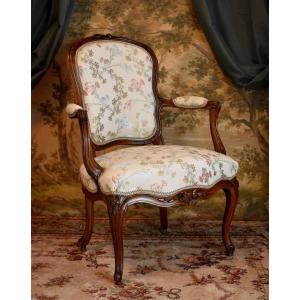




 Le Magazine de PROANTIC
Le Magazine de PROANTIC TRÉSORS Magazine
TRÉSORS Magazine Rivista Artiquariato
Rivista Artiquariato